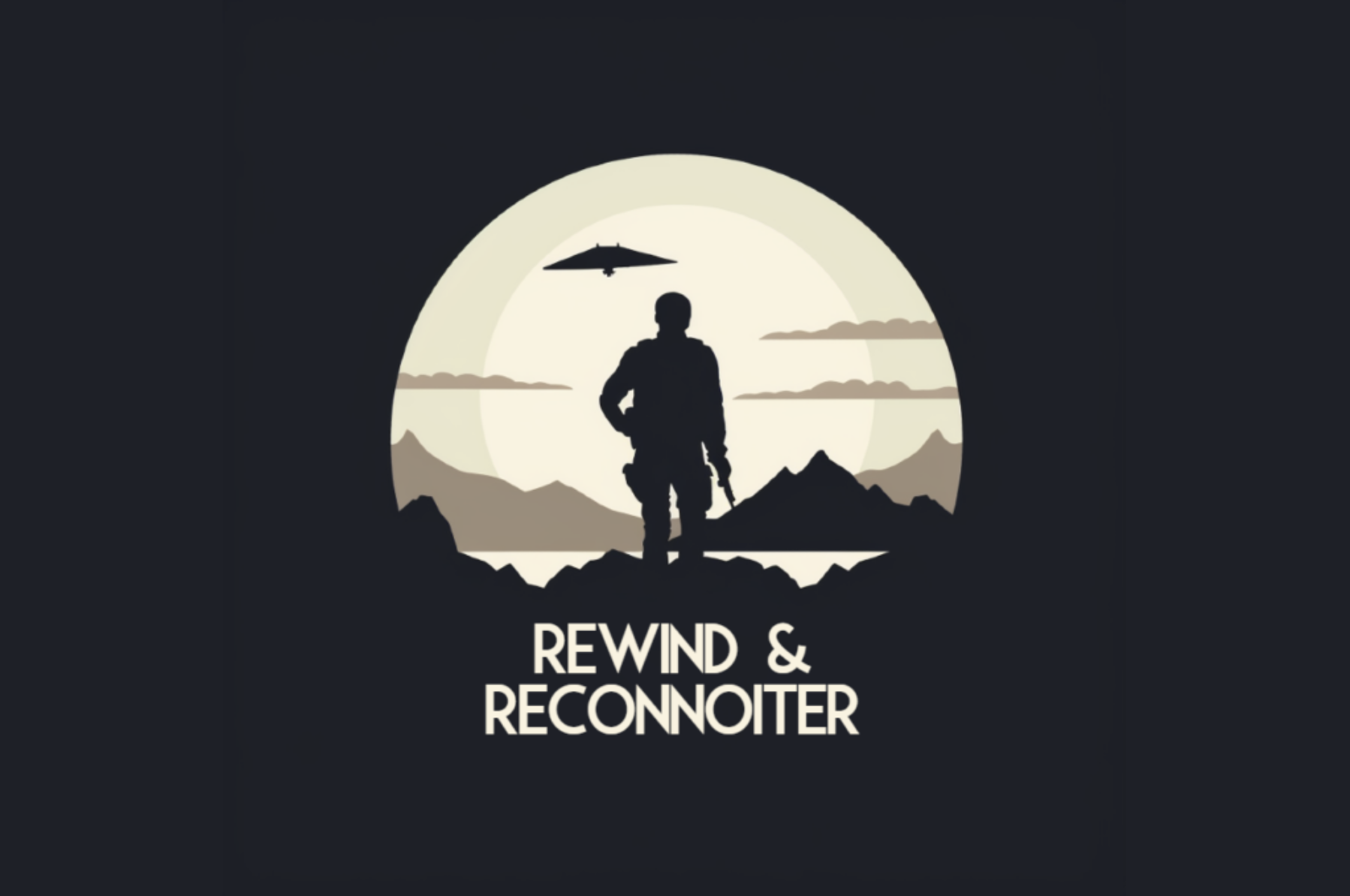Inside the eerie ‘dry sea’ that’s become a rusting ship graveyard filled with disease and miles from any water
A DRIED-UP sea has left fishing boats rusting away in a desert graveyard miles away from any water. The arid plain in Central Asia, once in the Soviet Union, is now a wasteland – but it had once been the third-largest lake on Earth. AFPBoats sit rusting in an area of the former lake now dubbed the Ship Graveyard[/caption] AFPCamels now roam desert that was once a lake the size of Ireland[/caption] Science Photo LibraryThe Aral Sea, seen in a 1973 satellite image, was once the third largest lake in the world[/caption] Science Photo LibraryNow it has shrunk to just a fraction of the size after the Soviet Union diverted rivers[/caption] The Aral Sea was once an important location surrounded by fishing villages and even home to a Russian Naval Flotilla. A 68-million square metre behemoth, the size of Ireland, the lake was a haven for fish and wildlife and known for its turquoise waters. The Soviet Union even had a top secret bio-warfare lab on the island

A DRIED-UP sea has left fishing boats rusting away in a desert graveyard miles away from any water.
The arid plain in Central Asia, once in the Soviet Union, is now a wasteland – but it had once been the third-largest lake on Earth.




The Aral Sea was once an important location surrounded by fishing villages and even home to a Russian Naval Flotilla.
A 68-million square metre behemoth, the size of Ireland, the lake was a haven for fish and wildlife and known for its turquoise waters.
The Soviet Union even had a top secret bio-warfare lab on the island of Vozrozhdeniye where they experimented with anthrax, plague, and smallpox.
But in the 1960s the Russians diverted the rivers which fed the sea to irrigate cotton farms and for hydropower.
As the volume of water decreased, the concentration of salt increased, poisoning everything in the sea.
The sea dried up faster and faster with more and more water being taken for irrigation.
The sea was then transformed into a desert leaving sand, salt deposits, and abandoned fishing trawlers.
In the 1980s the lake split into two different lakes with its size having reduced so much and the increasing desertification.
The desert, now named Aralkum, now occupies 90 per cent of what was once Aral Sea half a century ago.
The Russians kept up the chemical warfare testing until the 1990s until they buried their toxic cache and covered the area with bleach.
Chemicals which remained on the ocean bed have caused a health crisis, with millions of people being poisoned by the toxic pesticides.
A US anti-terrorism team visited the location in 2001 to clean it up, but it is still polluted to this day.
Now the local population suffers from higher than normal cancer rates and from poverty caused by the lack of any fishing to support them.
The north part of the sea in Kazakhstan has been restored to far better health after a dam was built by the country to cut it off from the sick south.
But many are sceptical that this will matter and the northern part will eventually dry up too.
In 2018, an electronic music festival was held in Uzbekistan to draw attention to the environmental disaster.
The aim of the Stihia (Force of Nature) festival was to: “raise global awareness about the desiccation of the Aral Sea and encourage its revitalisation and a more responsible and rational approach to using water in the region”.
Artists from Russia, Georgia and Uzbekistan will perform near the once bustling village of Moynaq.
“Hypnotic and harmonic sounds will be directed towards the lost sea, with the DJs echoing the rainmakers who were once part of the region’s nomadic tribes,” the organisers said.



















